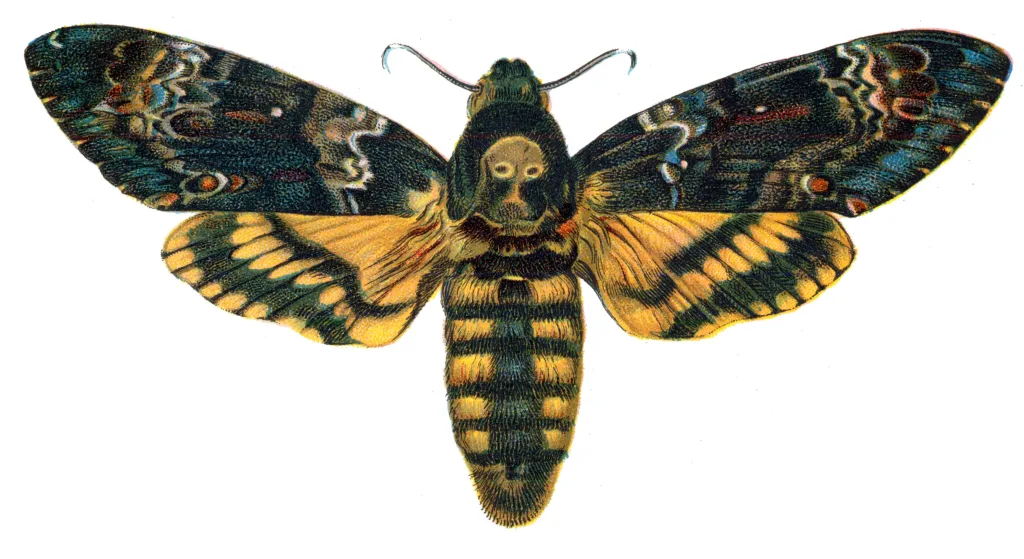The Ominous Death’s-Head Moth That Haunts Myth and Shadow
The Winged Omen of Darkness
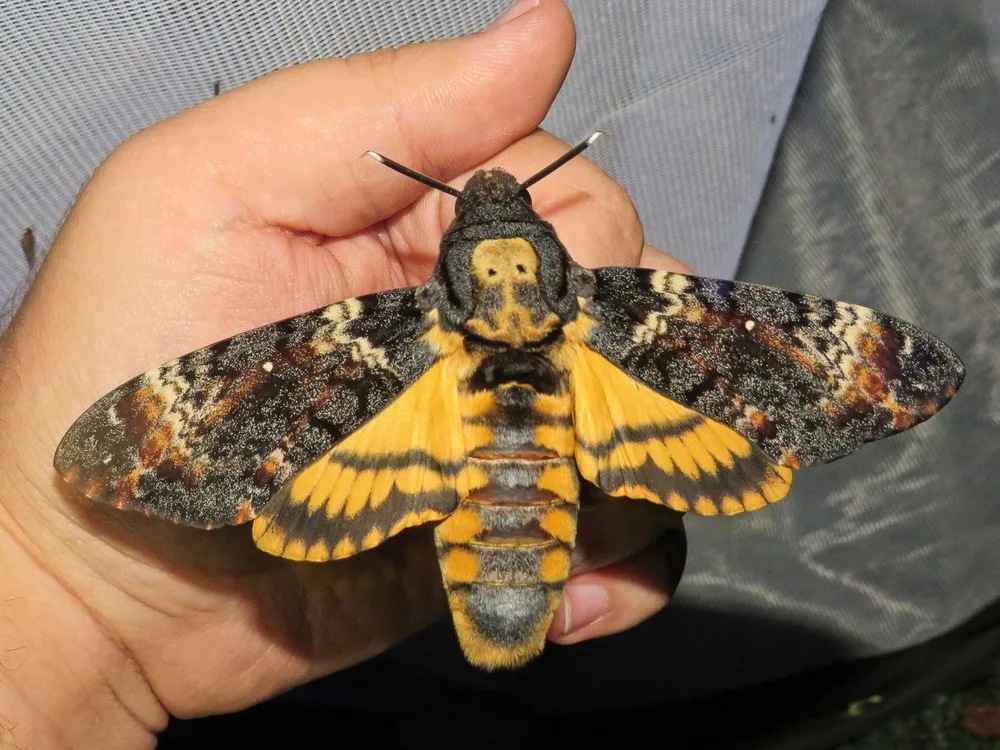
In the dim corners of mythology, literature, and cultural memory dwells a creature cloaked in darkness—the Acherontia atropos, better known as the death’s-head hawkmoth. This moth, veiled in eerie beauty, bears more than just a name drawn from ancient Greek death lore; it carries with it an ominous symbolism that has haunted the human psyche for centuries.
With its chilling skull-like marking and uncanny presence in myth and pop culture, the Acherontia atropos has become more than an insect. It is an emblem of death, transformation, and dread—fluttering like a ghost between the veil of this world and the next.
The Etymology of Death: Named by Fate
The very name Acherontia Atropos is steeped in mortality and myth:
- “Atropos”, one of the three Moirai (Fates) in Greek mythology, was the relentless goddess who cut the thread of life, sealing one’s destiny with irreversible finality.
- “Acherontia” is derived from Acheron, a river in Epirus, Greece—believed to be a passage to the underworld. It is often associated with sorrow, death, and the souls of the departed.
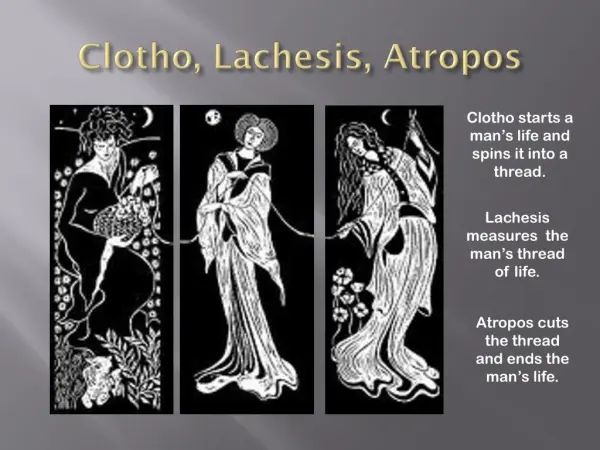

Thus, this unassuming moth is etched with the ancient fear of the inevitable. It is not just a species—but a symbol woven into the very fabric of our cultural death narrative.
The Skull Mark: Nature’s Morbid Signature
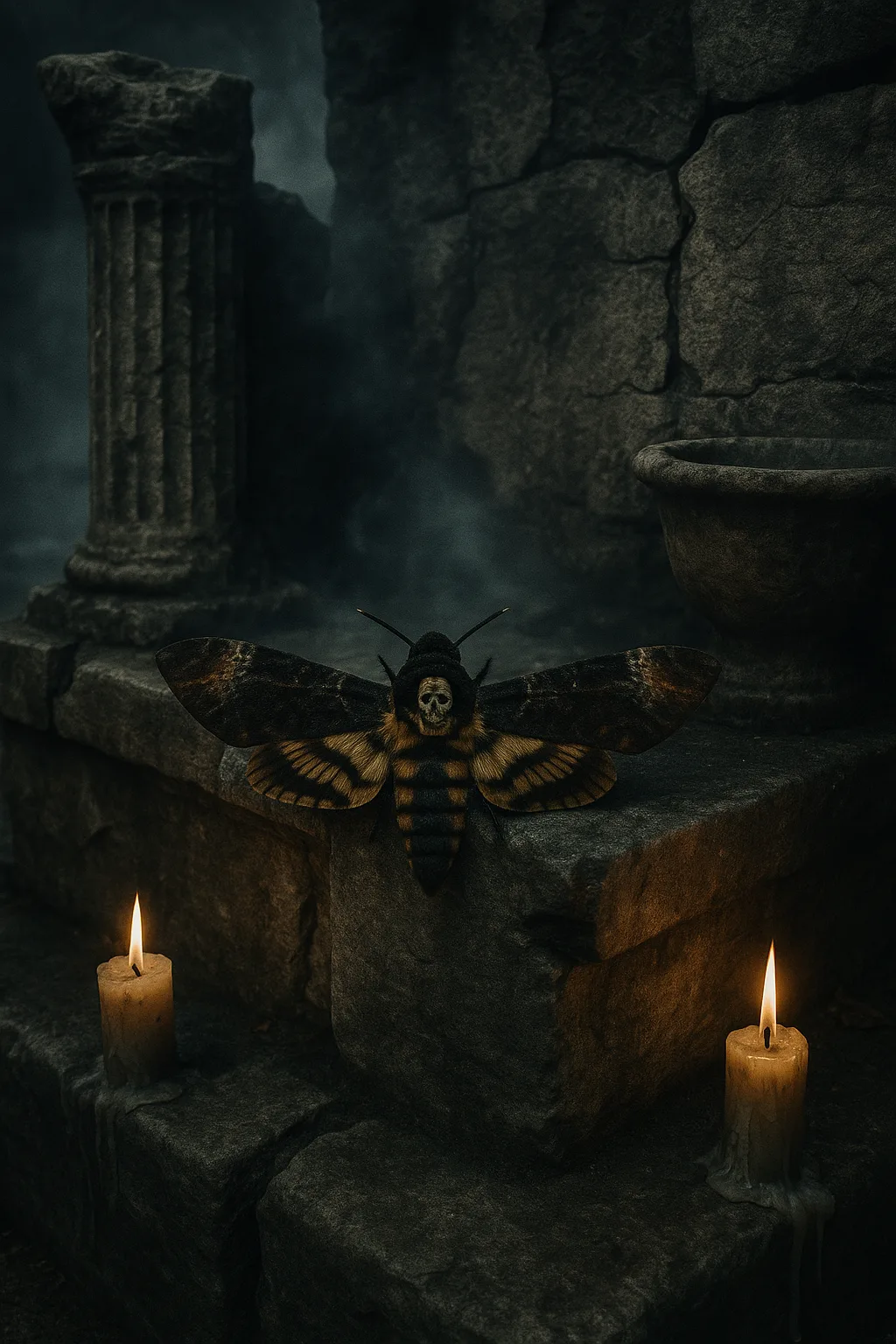
What sets Acherontia atropos apart from its Lepidopteran kin is the chilling skull-shaped pattern on its thorax. This natural design evokes primal terror, an evolutionary coincidence or a deliberate echo of death’s cold grin?
Though harmless to humans, this eerie mark has sparked superstitions and folklore across cultures. In parts of Europe and Africa, its appearance is viewed as a harbinger of death or calamity. In South Africa, locals once feared the moth’s “deadly sting” – a myth born of misunderstanding and enhanced by its uncanny appearance.
Despite having no venom and posing no threat, the moth’s nocturnal flight and bee-hive raiding habits (it uses its sharp proboscis to feed on honey) only added to its aura of malevolence.
Myth, Symbolism, and Superstition
Moths are commonly seen as symbols of transformation, rebirth, and the soul. But the death’s-head hawkmoth is a darker echo of these meanings. It does not flutter toward the light of hope, but instead toward the shadows of oblivion.
In Chinese folk tradition, moths are believed to be the reincarnated souls of ancestors, returning to visit their kin. In this context, the death’s-head moth becomes a specter of remembrance, hovering between grief and guidance.
The death of a moth in dreams or visions often represents the end of a chapter, sometimes sorrowful, sometimes liberating. It is a harbinger of change, but also a mirror to our own fears.
The Death’s-Head in Pop Culture: From Page to Screen
Acherontia atropos has fluttered from folklore into the world of film, literature, music, and art, where it has been immortalized as an icon of darkness:
- Most famously, it appears in “The Silence of the Lambs”, where the moth is used as a chilling metaphor for transformation and death.
- In Bram Stoker’s Dracula, the moth flits around the shadowed pages, further deepening its Gothic association.
- It is referenced in the unsettling prose of Susan Hill, John Keats (“Nor let the beetle, nor the death-moth be / Your mournful Psyche”), and even José Saramago, whose novel Death with Interruptions uses the moth as both motif and mystery.
- In the eerie music video for Massive Attack’s “Butterfly Caught,” the death’s-head emerges again—ethereal, symbolic, and strangely beautiful.
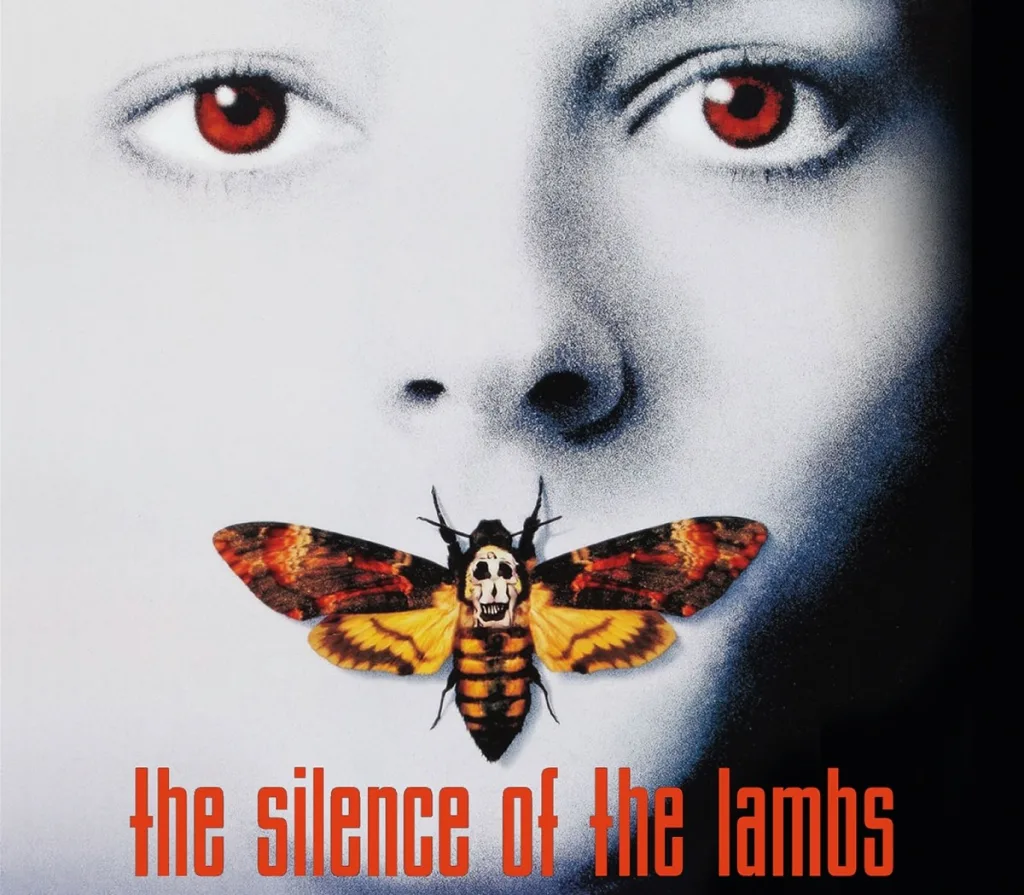
The Gloom of Biology: A Harmless Villain
Beneath the layers of fear and fascination lies a simple truth: the Acherontia atropos is biologically misunderstood. It is neither a predator nor a poison. It is, in essence, a nectar-seeking night traveler, a minor pest in the eyes of agriculture, particularly for its appetite for honey and potatoes.
Yet, because of our collective fear of death and the unknown, we’ve turned this insect into a living omen, a symbol of the supernatural, and a projection of our darkest imaginings.
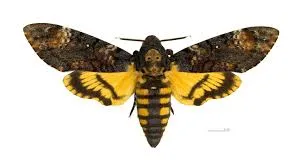
The Acherontia atropos is not merely an insect, but a reflection of our existential fears, myths, and fascinations. It is the winged envoy of death in folklore, the whisperer of fate in ancient tales, and the harbinger of transformation in modern media.
Its presence reminds us that death is not merely an end, but also a symbol—terrifying, mysterious, and at times, tragically beautiful. So the next time you see a moth flicker against your window in the dead of night, look closely. It might be carrying more than wings. It might be carrying a story older than time, born from the Acheron and whispered by Atropos herself.
